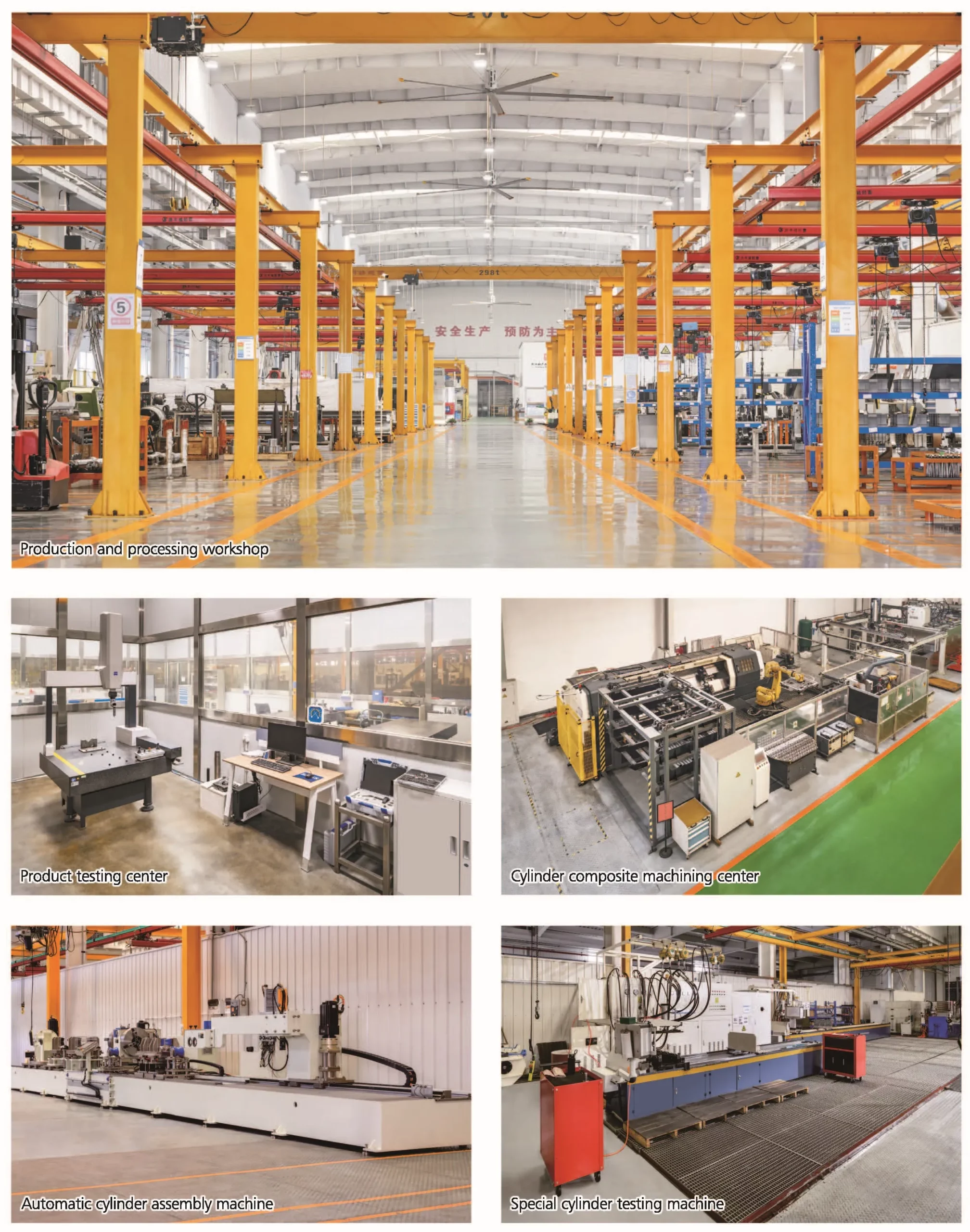Can You Weld a Hydraulic Cylinder With Oil In It? Safety Guide & Repair Tips
Welding a hydraulic cylinder that contains oil is extremely dangerous and should never be attempted. Residual oil can ignite under welding heat, leading to explosions, toxic fumes, and severe injuries.
Welding a hydraulic cylinder with oil in it is not recommended. This can cause the oil to become hot and ignite, resulting in a fire hazard. Additionally, the heat generated by welding can damage the seals and other components of the cylinder. It is best to drain the oil before welding the cylinder.
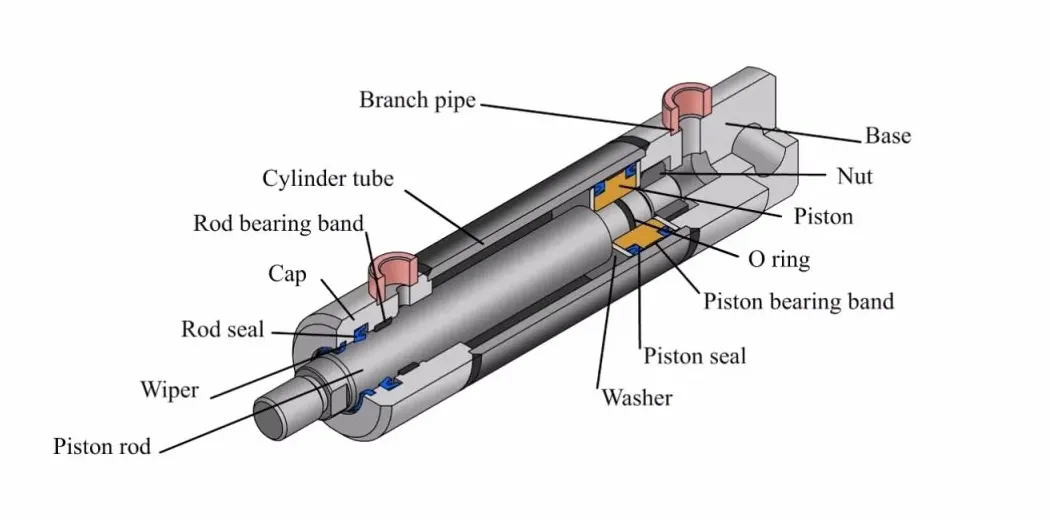
This guide explains:
- Why welding with oil is a life-threatening mistake
- Step-by-step safe repair methods (with OSHA compliance)
- Cost-effective alternatives to DIY welding
Why Welding with Oil is a Fire Hazard?
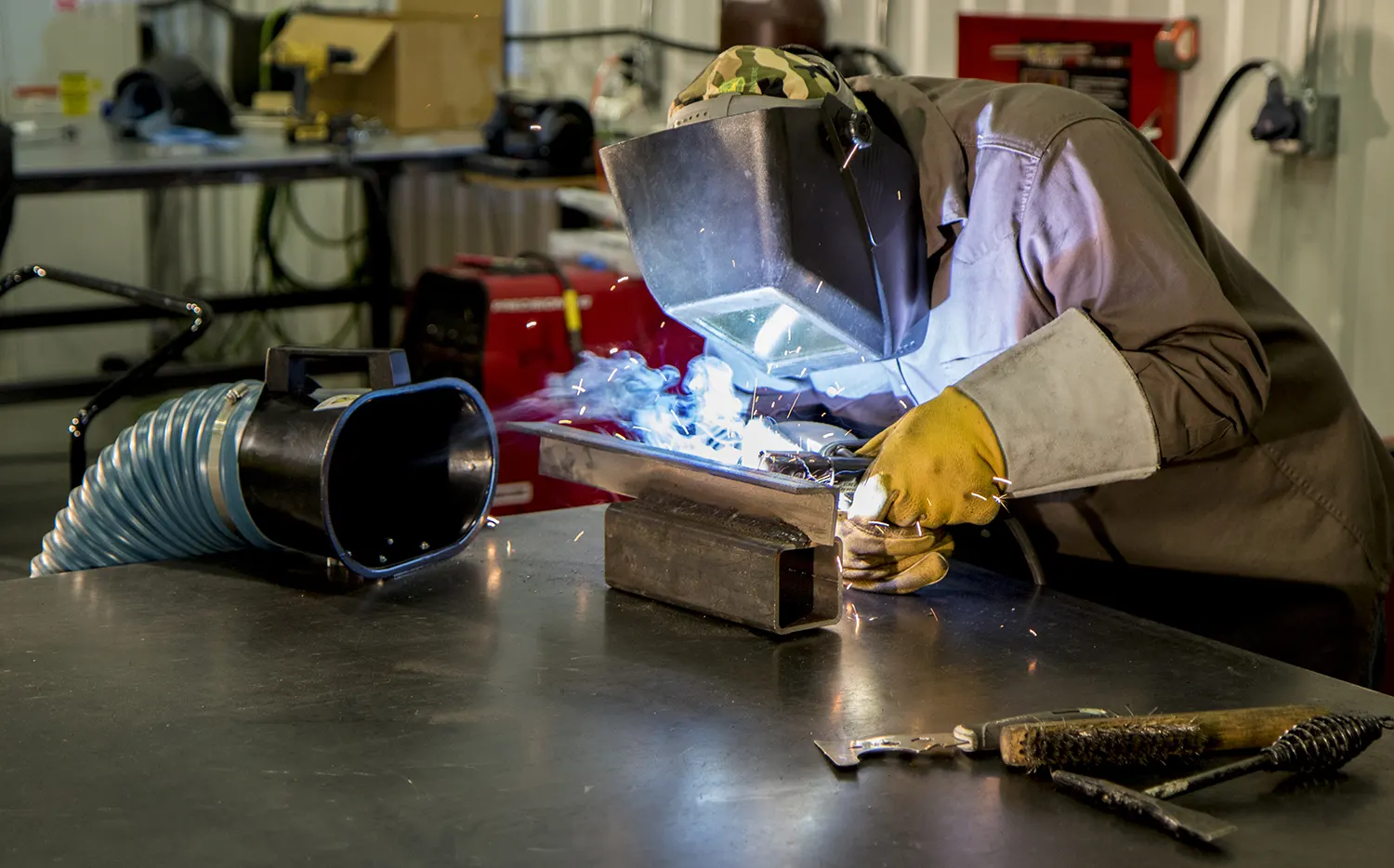
Hydraulic cylinders store oil under high pressure. Even a small amount of residual oil can turn welding into a disaster. Here’s the science behind the danger:
1. Hydraulic Oil Ignition Risks
- Flash Point: Most hydraulic oils (e.g., ISO 46 mineral oil) ignite at 150–250°C (302–482°F).
- Welding Temperatures: A welding arc reaches 3,000–20,000°C (5,432–36,032°F), instantly vaporizing oil.
- Explosion Mechanism: Oil vapors mix with oxygen, creating a flammable gas cloud. A single spark can trigger an explosion.
Real-World Example:
In 2020, a Texas mechanic attempted to weld a forklift cylinder without draining oil. The resulting explosion shattered the cylinder and caused second-degree burns.
2. Toxic Fume Exposure
Burning hydraulic oil releases deadly gases:
- Carbon Monoxide (CO): Causes dizziness, suffocation, and death.
- Acrolein: A byproduct of oil combustion that damages lungs and eyes.
How to Safely Weld a Hydraulic Cylinder (If You Must)?
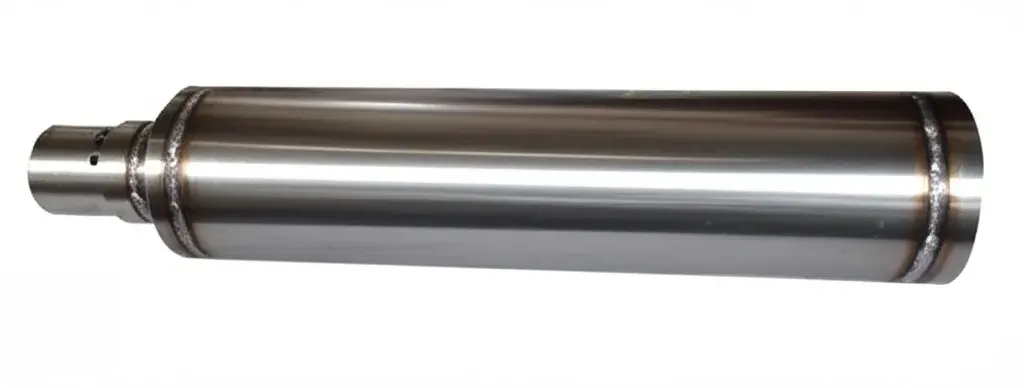
If welding is unavoidable, follow this OSHA-compliant procedure:
Step 1: Complete Oil Removal
- Disassemble the Cylinder: Remove the piston, seals, and end caps.
- Drain Oil: Use a vacuum pump to extract 100% of the fluid.
- Clean Internals: Scrub with non-flammable degreasers (e.g., acetone or industrial citrus solvents).
Step 2: Purge Flammable Vapors
- Inert Gas Flooding: Fill the cylinder with argon or nitrogen to displace oxygen.
- Ventilation Check: Use a gas detector to confirm no combustible vapors remain.
Step 3: Controlled Welding Process
- Certified Welder Only: Hire a professional with experience in hydraulic systems.
- PPE Requirements:
- Fire-resistant gloves and apron
- Full-face respirator with organic vapor filters
- Explosion-proof welding curtains
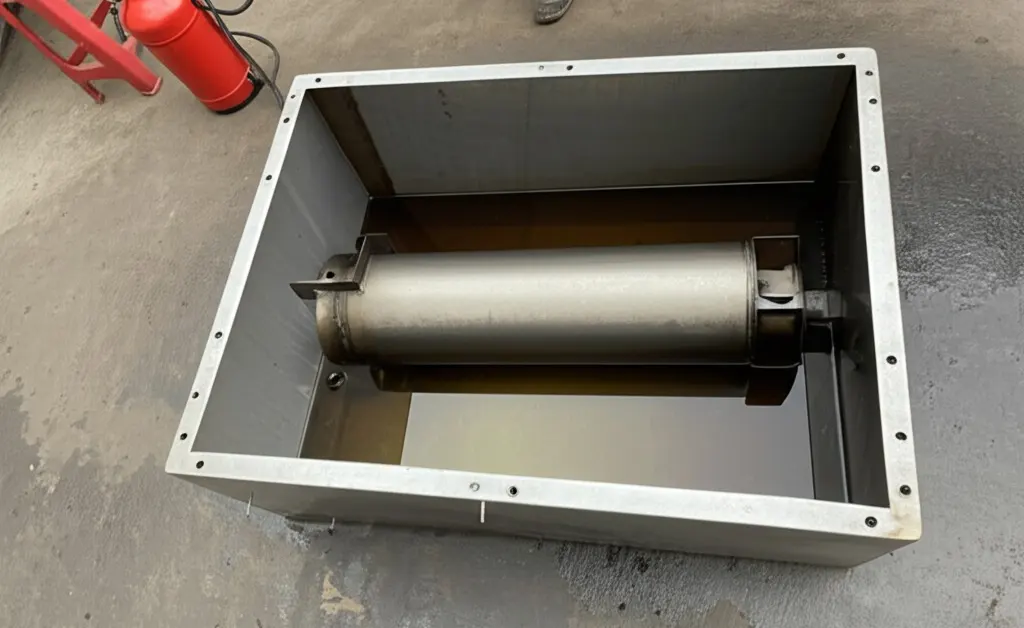
Alternatives to Welding (Safer & Cheaper)
Most hydraulic cylinders can be repaired without welding. Consider these options:
1. Replace Damaged Components
- Seal Kits: Fix leaks for under $50 (common solution for minor damage).
- Rod Replacement: Bent piston rods cost 100–300 to replace.
2. Professional Repair Services
Certified hydraulic shops use specialized tools like:
- Laser Welding: Cold-process technology that avoids heat buildup.
- Epoxy Bonding: High-strength adhesives for cracks or pinholes.
Cost Comparison:
| DIY Welding Risk | Professional Repair |
|---|---|
| Explosions, $10k+ medical bills | 200–500 with warranty |
Common Mistakes to Avoid (Igniting Oil Residue, Improper Ventilation)
Welding hydraulic cylinders requires precision, safety awareness, and proper preparation. Unfortunately, many operators make critical mistakes that can lead to accidents, equipment damage, or even injuries. Below are the most common errors and how to avoid them:
1. Igniting Oil Residue
Mistake: Attempting to weld a cylinder without fully draining and cleaning it.
Why It’s Dangerous: Even a tiny amount of residual oil can vaporize when exposed to welding heat, creating a flammable gas cloud. This can ignite instantly, causing explosions or fireballs.
How to Avoid:
- Drain Completely: Use a vacuum pump to remove all hydraulic oil from the cylinder.
- Clean Thoroughly: Scrub the interior with a non-flammable solvent (e.g., acetone) to eliminate oil traces.
- Purge with Inert Gas: Flood the cylinder with argon or nitrogen to displace any remaining flammable vapors.
2. Improper Ventilation
Mistake: Welding in a confined or poorly ventilated space.
Why It’s Dangerous: Welding produces toxic fumes, including carbon monoxide and metal oxides, which can cause respiratory issues, dizziness, or even death in extreme cases.
How to Avoid:
- Work in Open Areas: Perform welding outdoors or in well-ventilated workshops.
- Use Exhaust Fans: Install industrial-grade ventilation systems to remove fumes.
- Wear a Respirator: Use a full-face respirator with organic vapor filters for added protection.
3. Skipping Safety Gear
Mistake: Not wearing proper personal protective equipment (PPE).
Why It’s Dangerous: Welding sparks, UV radiation, and toxic fumes can cause burns, eye damage, or lung problems.
How to Avoid:
- Essential PPE:
- Fire-resistant gloves and apron
- Welding helmet with auto-darkening lens
- Steel-toe boots and flame-resistant clothing
- Inspect Gear Regularly: Replace damaged or worn-out equipment immediately.
4. Ignoring Manufacturer Guidelines
Mistake: Failing to follow the cylinder manufacturer’s repair and maintenance instructions.
Why It’s Dangerous: Each hydraulic cylinder has specific tolerances and materials. Improper welding can weaken the structure, leading to cracks or catastrophic failure.
How to Avoid:
- Consult the Manual: Review the manufacturer’s guidelines before starting any repair.
- Use Compatible Materials: Ensure welding rods and techniques match the cylinder’s specifications.
5. Overlooking Post-Welding Inspections
Mistake: Assuming the job is done after welding without checking for defects.
Why It’s Dangerous: Undetected cracks, leaks, or weak spots can cause the cylinder to fail under pressure, risking injury or equipment damage.
How to Avoid:
- Pressure Testing: Test the cylinder at its rated pressure to ensure integrity.
- Visual Inspection: Look for cracks, porosity, or uneven welds.
- Leak Check: Reassemble the cylinder and test for leaks before putting it back into service.
EVER-POWER Hydraulic Cylinders
EVER-POWER is a leader in the market segment of hydraulic cylinders for mobile machinery in China. We offer a wide range of hydraulic cylinders, including tilt, steering, lift, aerial work platform, industrial vehicle, rotary drilling, mobile crane, construction machinery, forklift, mining dump truck, and sanitation machinery hydraulic cylinders. All of our products are manufactured using fully automatic CNC production and assembly equipment to ensure the highest quality and safety standards. For those who need customized hydraulic cylinders, we also provide professional customization services based on drawings or samples.
EVER-POWER’s High Quality Products, Preferential Prices and Considerate Services:
At EVER-POWER, we take pride in providing our customers with high-quality hydraulic cylinders at competitive prices. We also offer a wide range of services, including product selection guidance, installation, repair, and maintenance. To ensure our customers have a pleasant buying experience, we also provide 24-hour online customer service and free product delivery.
We are a leading hydraulic cylinder manufacturer with state-of-the-art facilities and advanced production capabilities. Our workshops feature:
- Forklift Cylinder Production:
- 4 semi-automatic lifting cylinder assembly lines.
- 1 fully automatic tilting cylinder assembly line.
- Annual production capacity: 1 million units.
- Special Cylinder Workshop:
- Semi-automatic cleaning and assembly systems.
- Annual production capacity: 200,000 units.
- Advanced Equipment:
- CNC machining centers, high-precision cylinder processing tools, and robotic welding machines.
- Automatic cleaning, assembly, and paint production lines.
- Over 300 key machines ensuring precision and high-quality standards.
- Machining Capabilities:
- Custom tilt guide rail turning centers and high-speed honing machines.
- Capable of processing cylinder tubes up to 400mm ID and 6 meters in length.
Our optimized equipment and efficient processes guarantee top-quality hydraulic cylinders that meet the most demanding industry standards
FAQ Section:
Q: Can I weld a hydraulic cylinder if I drain 90% of the oil?
A: No, you should never attempt to weld a hydraulic cylinder unless it has been completely drained of oil. Even a small amount of residual oil—as little as 1%—can vaporize when exposed to the extreme heat of welding. This creates a highly flammable gas that can ignite, causing an explosion. To ensure safety, the cylinder must be fully drained, cleaned, and purged with an inert gas like argon or nitrogen, before any welding work begins.
Q: What oil substitutes are safe for welding?
A: There are no safe oil substitutes for welding hydraulic cylinders. All petroleum-based fluids, including hydraulic oils, are flammable and pose a significant risk when exposed to high temperatures. Instead of trying to substitute the oil, the proper approach is to completely remove all traces of oil from the cylinder. After draining, use a non-flammable solvent (such as acetone) to clean the interior surfaces, and then purge the cylinder with an inert gas to eliminate any remaining flammable vapors.
Q: How long does it take to repair a hydraulic cylinder professionally?
A: The time required for professional hydraulic cylinder repair typically ranges from 24 to 48 hours, depending on the extent of the damage and the workload of the repair shop. Professional technicians use specialized equipment, such as laser welding or epoxy bonding, to ensure the repair is done safely and effectively. While DIY repairs might seem faster, they often lead to costly mistakes or dangerous accidents. Opting for professional repair not only saves time in the long run but also ensures the cylinder is restored to optimal working condition with a warranty for added peace of mind.

